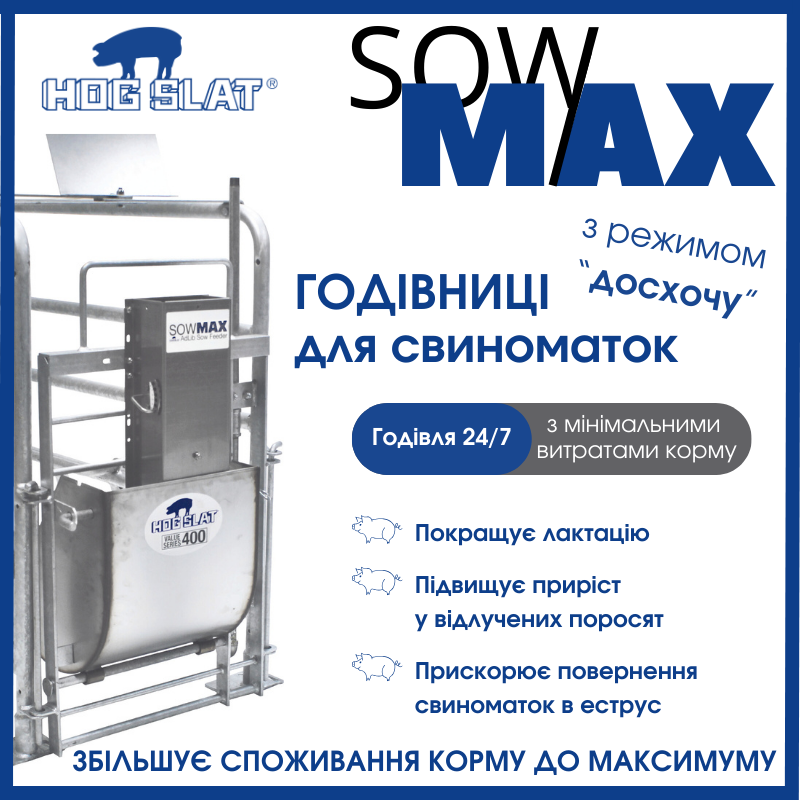Efficiency of the ventilation system
A comfortable microclimate in the production room depends on many factors. First and foremost the supply of fresh air and the exhaust of exhaust air. At the same time it is necessary to choose optimal ventilation equipment (fans and exhaust units) that will guarantee the necessary air exchange in the rooms. It is regulated with the help of a microclimate controller working according to a certain extraction control principle. Currently, the optimal control principles of exhaust devices are multistage and dynamic-multistage. They significantly reduce energy consumption for ventilation without reducing its efficiency. However, they do not help to save money if the shafts and fans are chosen incorrectly and do not match in their characteristics and design. Exhaust shafts can be composed, taking into account the slope of the roof, the type and location of the truss housing. Their location may vary depending on the wishes of the owners and the regulatory requirements in force in a particular country. However, the principles of the hoods remain the same, regardless of how they are installed.
Setting up the ventilation system
One of the most effective and energy efficient principles of exhaust system operation is multistage (first applied in 1997) and dynamic multistage (used since 2009). What they have in common is that they help to significantly reduce energy costs. The difference is that the multistage principle provides variable regulation of air exchange in the range of 0-100%, connecting other fans in the group as needed. In a dynamic multistage system (Figure 1), the fans are also grouped together, but only operate at 50% capacity. When all the fans are engaged, but still need to increase the airflow rate, the capacity in parallel in each fan is increased to 100%. The advantage of this approach is low power consumption if the fans are running at low speeds.
Energy consumption increases significantly when the fans are running at full power. The decision of which ventilation system to choose depends on several factors - climatic conditions, equipment and the investment profile of the enterprise. However, according to most experts, a dynamic multistage system is better because it saves more energy. For example, application of such system in the fattening shop allows reducing power consumption by 6-10 kWh per piglet per year. From an economic point of view, investments in a dynamic multistage system are justified in the case of new buildings or complete modernization of ventilation.
The Pig Industry Research Center (VSP) has analyzed the annual energy savings of using dynamic-multistage and multistage controlled fans. The study was conducted on a pig farm in Denmark - in two identical fattening halls with 400 pigs each. After eight months, energy consumption in the house with the dynamic-multistage ventilation system was 56% lower than with the multistage system (figure 2). In addition, the noise level from the first principle ventilation operation was also lower, which increases the comfort of operators and pigs in the production room.

Picture 1. Example of operation of a dynamic multistage ventilation system with 4 ventilation shafts

Picture 2. Energy consumption when using a multistage and dynamic multistage ventilation system
AgroClimate Ukraine Ltd:

2 660 Kiev, Ukraine; str. Eugene Sverstyuk, 19, office 914

+38 067 386 26 91, +38 829 52 62, +38 067 537 36 67

volodymyr.brovchenko15@gmail.com





.jpg)